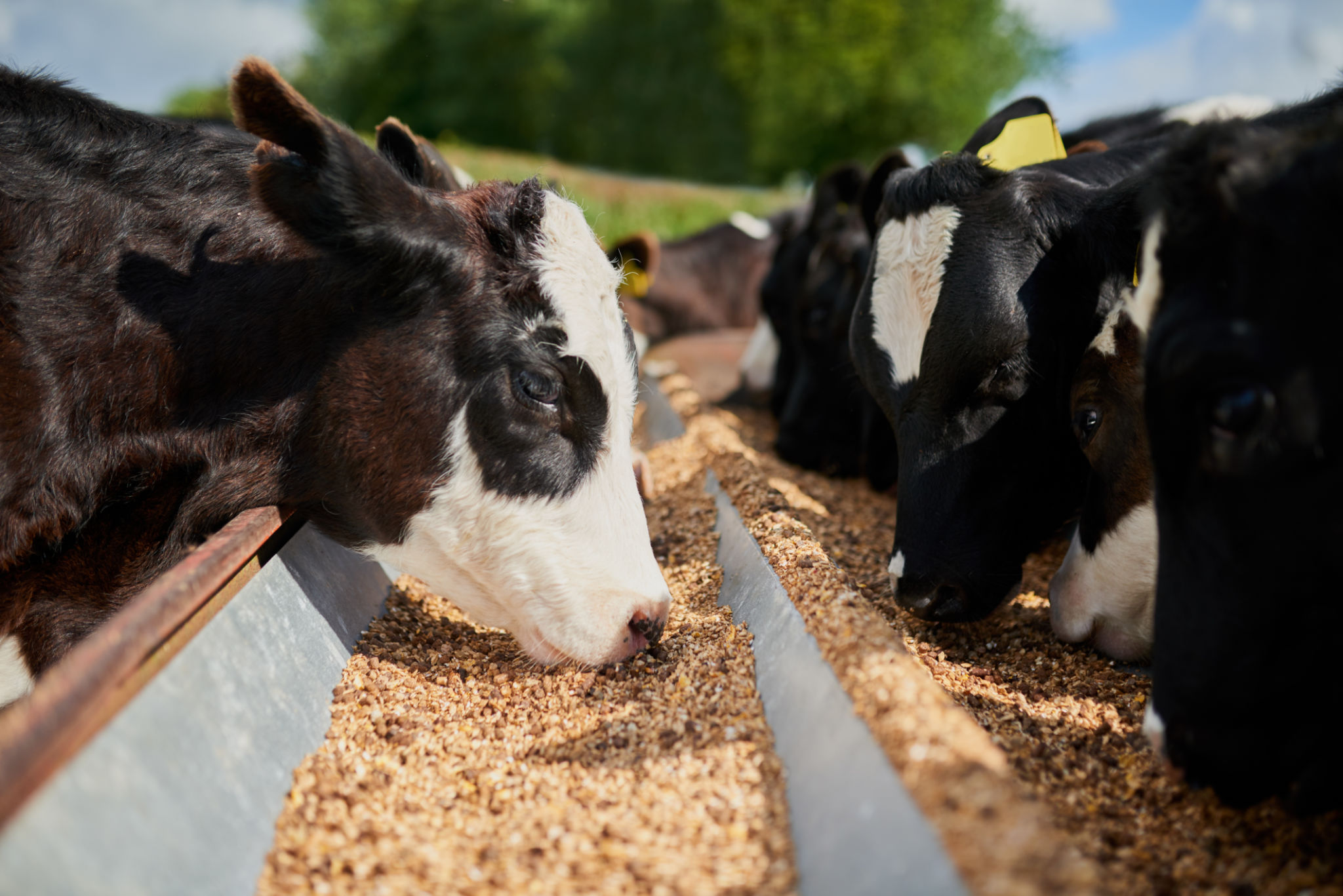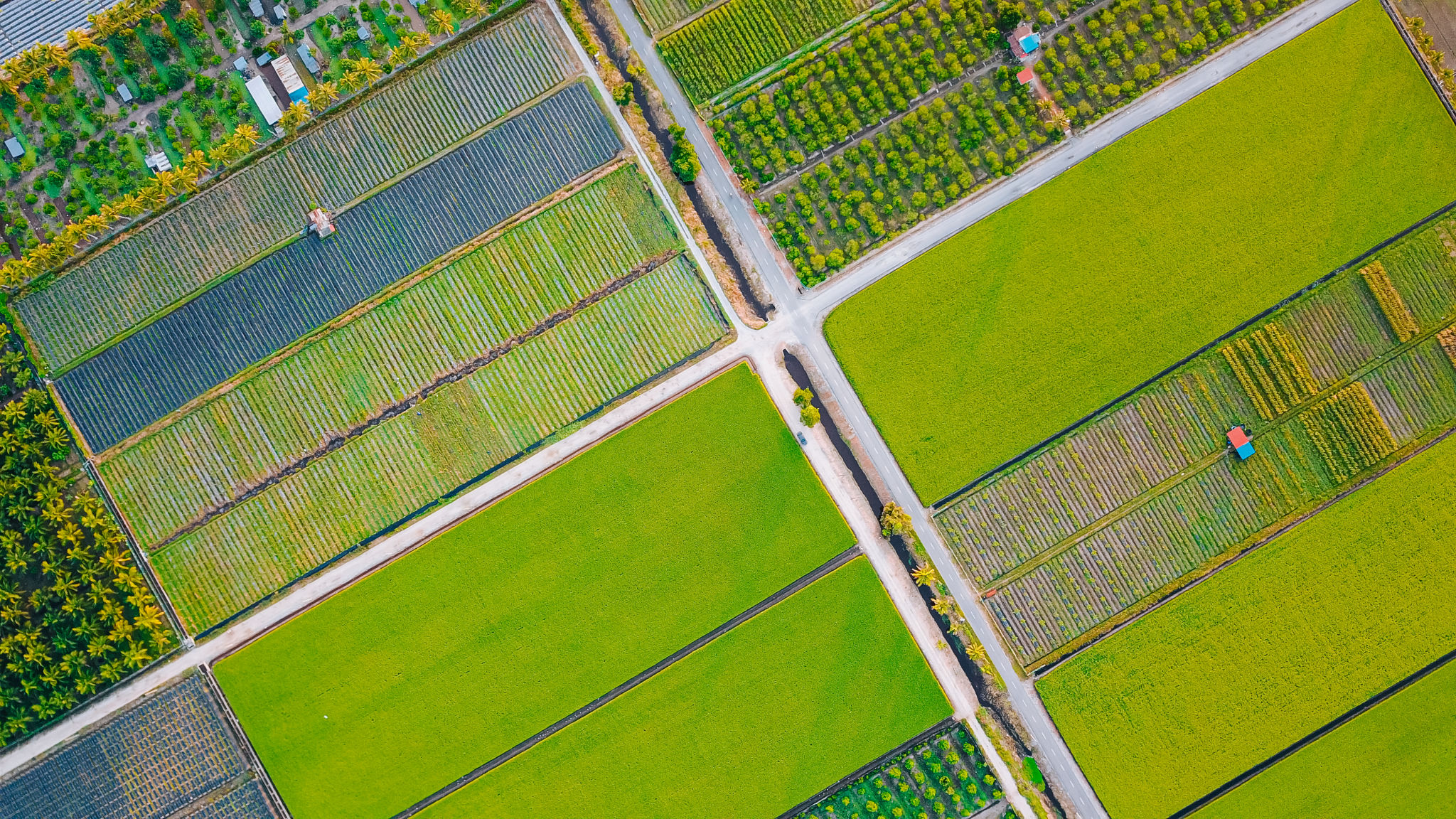The Future of Regenerative Agriculture: Trends and Innovations
Understanding Regenerative Agriculture
Regenerative agriculture is gaining momentum as a sustainable farming approach that focuses on restoring and enhancing ecosystems. Unlike conventional methods, which often deplete soil and harm biodiversity, regenerative practices aim to improve soil health, increase biodiversity, and boost ecosystem resilience. This holistic approach not only benefits the environment but also enhances the nutritional quality of food.
Central to regenerative agriculture is the principle of working with nature rather than against it. This involves techniques like crop rotation, cover cropping, and reduced tillage. These methods help in maintaining soil structure, improving water retention, and reducing erosion, leading to healthier and more productive lands.

Emerging Trends in Regenerative Practices
In recent years, several trends have emerged within regenerative agriculture. One significant trend is the integration of technology. Innovations such as soil sensors, drones, and satellite imagery are being used to monitor crop health and soil conditions, allowing farmers to make data-driven decisions.
Another trend is the rise of agroforestry, which combines agriculture and forestry to create more diverse, productive, and sustainable land-use systems. By incorporating trees and shrubs into agricultural landscapes, agroforestry enhances biodiversity, sequesters carbon, and improves soil health.
The Role of Livestock
Livestock plays a crucial role in regenerative systems. Practices like rotational grazing mimic natural ecosystems, allowing pastures to recover and thrive. This not only improves soil health but also promotes carbon sequestration and biodiversity. Livestock integration can be a key component in closing nutrient loops and enhancing farm resilience.

Innovations Driving Change
Innovations in regenerative agriculture are not limited to farming techniques. Financial models and market incentives are also evolving to support these practices. Carbon credits, for instance, offer farmers financial rewards for sequestering carbon in their soils. This creates a win-win situation for both the environment and the agricultural community.
Furthermore, consumer demand for sustainably produced food is on the rise. This is encouraging retailers and food companies to source from regenerative farms, driving further adoption of these practices. As awareness grows, so does the market for products labeled as regenerative, providing farmers with new opportunities.

Challenges and Opportunities
Despite the promising potential, regenerative agriculture faces several challenges. Transitioning from conventional to regenerative practices requires time, knowledge, and sometimes significant investment. However, the long-term benefits, such as improved soil health and resilience to climate change, make it a worthwhile endeavor.
Educational initiatives and community support play a crucial role in overcoming these challenges. By providing resources and training, farmers can be better equipped to implement regenerative techniques. Collaborative networks and knowledge-sharing platforms are essential in facilitating this transition.
The Path Forward
The future of regenerative agriculture looks promising as more farmers, researchers, and policymakers recognize its benefits. By focusing on restoring ecosystems, regenerative agriculture offers a sustainable path forward that aligns with environmental goals and food security needs.
As these practices continue to evolve, they hold the potential to transform agriculture into a solution for some of the world's most pressing environmental challenges. Embracing regenerative agriculture could lead to a healthier planet and a more sustainable future for generations to come.
